your guide to nutritional success.
Recipes & meal prep foods below

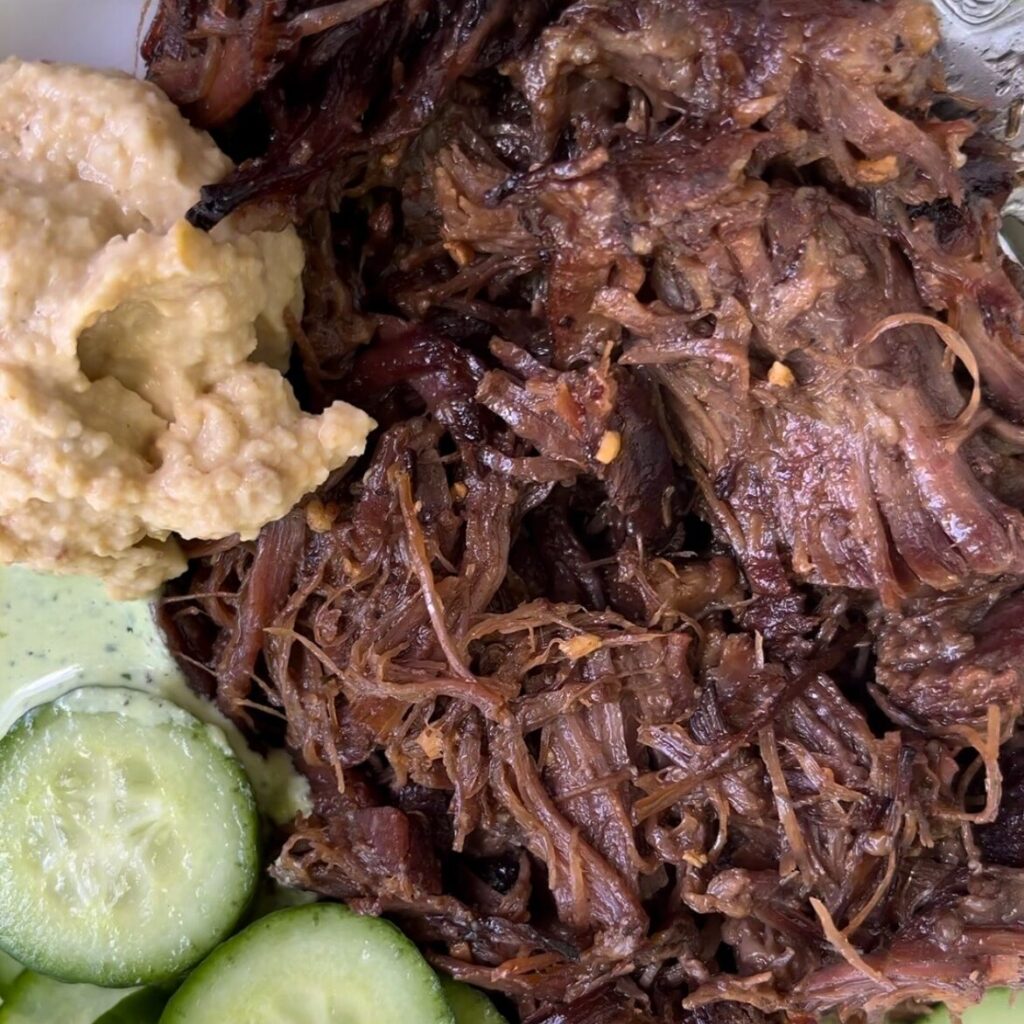
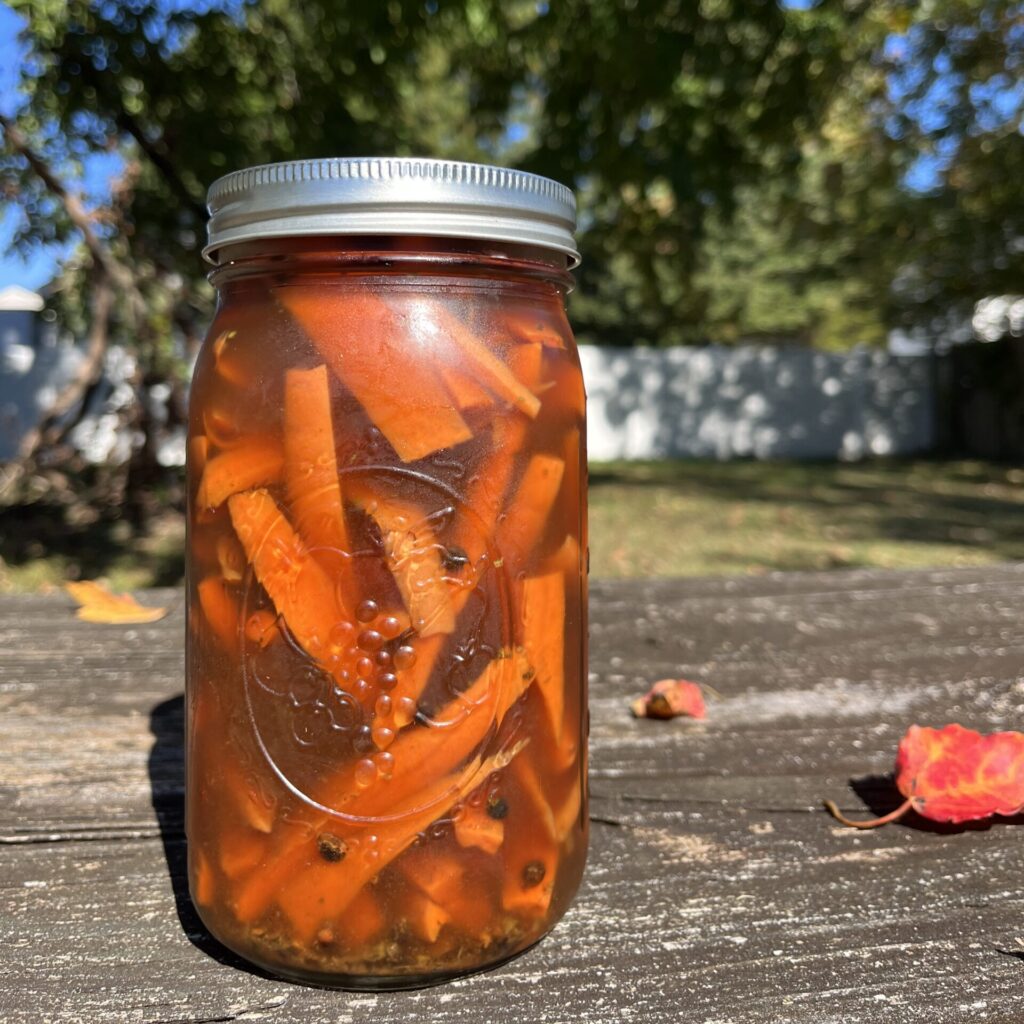

my favorite main courses:
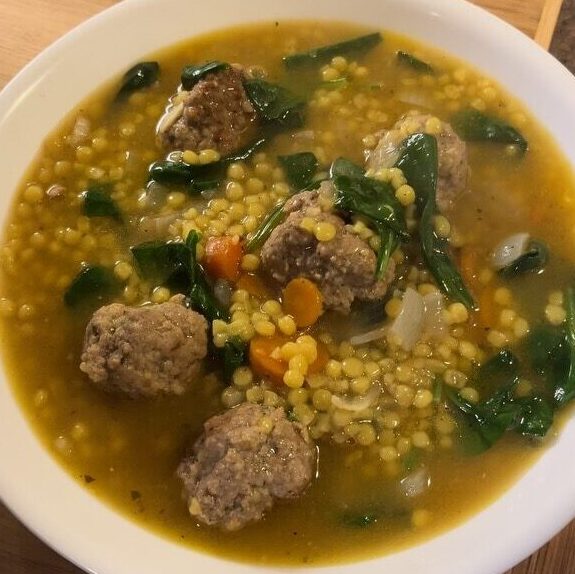
CLICK TITLE FOR THE FULL RECIPE
- Parmesan & herb meatballs, shaped small
- Mirepoix Base cooked in butter & olive oil, topped with salt, pepper, oregano
- Bone Broth
- Couscous or small noodle of choice
- Kale or spinach
- Top with fresh parmesan

CLICK TITLE FOR THE FULL RECIPE
- Stew meat seasoned with ginger & garlic, slow cooked in bone broth, japanese bbq sauce & liquid aminos
- Green beans, zucchini and/or broccoli sauteed in sesame oil, mixed with the finished meat
- Optional to base with rice
- Top with sesame seeds & soy sauce or liquid aminos
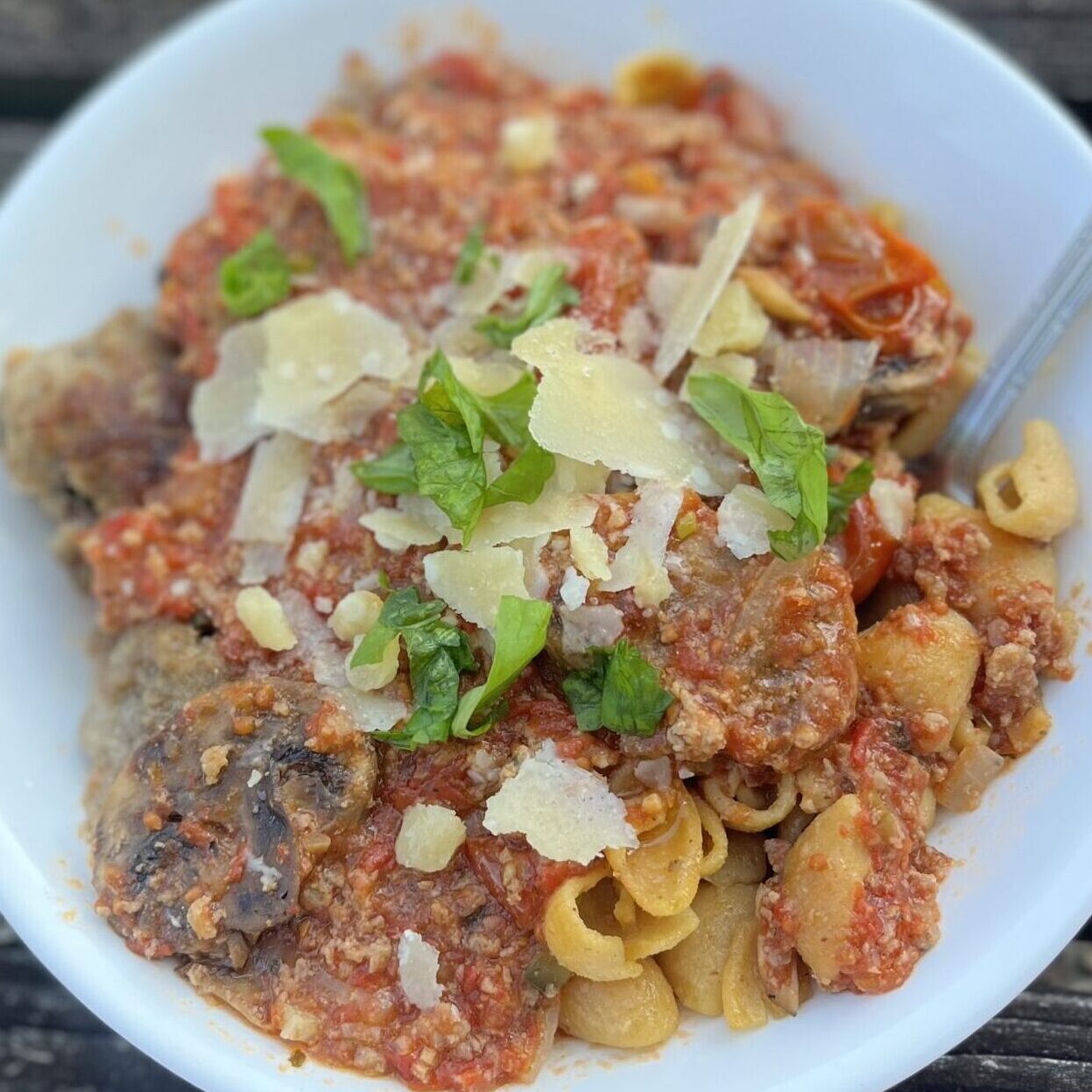
- Parmesan & herb meatballs
- Pasta of choice, my favorites are: organic angel hair, organic orzo and organic protein shells
- Homemade red sauce or store-bought brands like
- Top with fresh parmesan, basil and/or parsley
the healing power of
BONE BROTH.
Adding bone broth to your weekly meal prep routine is easy and beneficial. You can sip on it for extra gut support & nutrients, you can use it in lone protein recipes like classic London broil, you can make soups and stews with it. You can even cook grains, pastas, or vegetables in it instead of water for a nutrient boost. You can add to dry leftovers while you heat them up to get both the moisture & nutrient content up. There is no losing with weekly bone broth. Learn how to make it here.
Mirepoix is a mixture of vegetables, usually carrots, celery, and onion, that are cooked to be browned in a fat, usually butter or olive oil. You can make your own mirepoix and add any extras you prefer (i like adding garlic) or buy a mirepoix mix from the produce section. Having this on hand, fresh or frozen, is a life hack. You can make it weekly or just have a big bag in the freezer. It makes it easy to make soups or stews by just throwing some in olive oil or butter.
EASY TO MAKE BONE BROTH SOUPS
Bone broth as the base ensures you get nutrients, no matter what. Having homemade bone broth on hand can make your weekly meal preps easy. Here are a few recipes that just take a few extra ingredients added to your broth to have a delicious meal.
There are plenty of ways to make chicken soup for the week. My personal favorite is to roast a whole chicken, break it down, use the bones for broth, and then make a simple base of carrots, celery and onion cooked in butter. Mix it all together and you have the most healing meal of all.
Add chicken, spicy sausage, or your protein of choice to mirepoix cooked in butter & olive oil. Add salt, pepper, oregano, parsley and basil. Cover with bone broth, bring to a simmer, and add heavy cream to your preferred consistency.
Minestrone soup is a soup packed with flavors and lots of veggies. It’s a delicious base of mirepoix, garlic, bone broth & crushed tomatoes. You can add whatever veggies you want. I like to add meatballs or spicy sausage to up the protein & texture contents of the meal.
Rice noodles cook quickly, have various types of thickness options, and are delicious. Throw them in some bone broth with your veggies of choice, hard boiled eggs, shredded chicken and soy sauce and you have a nutrient packed, quick and easy meal.
You can make a massive batch of baked burger patties & freeze them. You can double the meatball recipe and freeze half. Maybe you made too much Bolognese sauce? Store some in a freezer safe jar for a future dinner. You can always freeze some of what you make, whether you intentionally make more or just feel like you aren’t going to eat what you do make.
MY WEEKLY MEAL PREP NECESSITIES:
2 PROTEINS.
Whether it’s a main entree like sweet potato shepherd’s pie or something simple like slow cooked chuck, always prep 2 things that are protein dense. This allows you both variety & readiness. I like to make one main entree & one lone protein. I can have the main entree for lunch, and add the lone protein into any meal when I need it.
1 EASY SIDE.
Make sure you’re stocked on easy sides and your fav fruits. Picklish carrots or baked sweet potatoes are fabulous additions to lunch or dinner. Fresh fruit is never a bad idea to add to breakfast, lunch or dinner. If you have a lone protein prepped & you need some variety, you can dress it up with things like these in no time.
SNACKS / SWEETS.
Stay stocked on nutrient dense snacks & healthy sweet treats so you can satisfy your cravings with things that make you feel good. If you know you have a sweet tooth, buy some single serving sweet yogurts or stock up on extra fruit. If you know you get hungry between lunch and dinner, have some quality jerky or cheese on hand.
GROCERY Shopping TIPS
Organization & consistency are your keys to success.
Lets be honest, using lists & checking things off just makes life better. This is true for everything, including grocery shopping. Whether you’re on a budget, trying to eat more nutritious foods, or trying to create a schedule, a simple list can be your first step to success.
I personally like to keep it simple. I have a checklist in my notes app on my phone with the things I always need stocked. This way, I can always keep track of what’s needed and quickly add / subtract anything for specific dishes. I also keep some supplements on this list if I buy them from the store. I do not have what I buy in bulk online here, but you could add that if you want too.
Below is a screenshot of my usual grocery list. Yours will vary depending on your taste, family size, budget and resources. However, I think everyone should make a list like this of things they want to eat on a consistent basis. It will encourage you to stay stocked on the things you want to eat!


You can also have a printable grocery list with groups all of the necessities. Below is an example. Click here to download.
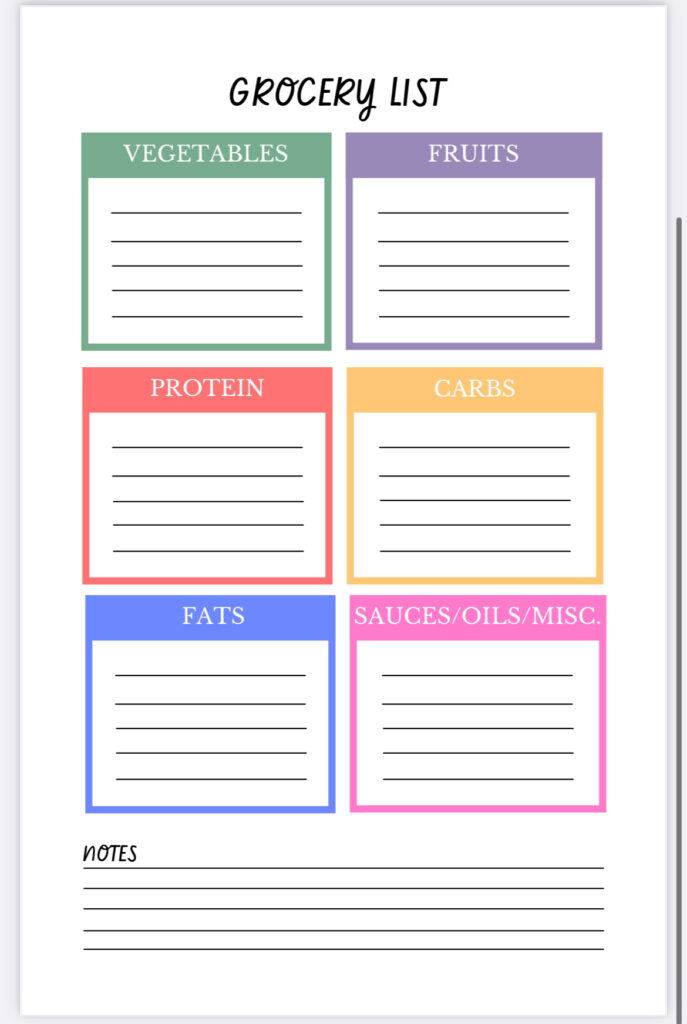
REAL FOOD: WHERE TO FIND IT.
Seeking out quality animal & plant products can be difficult. Below are all the tips & resources to find them with ease.
HOW TO: SOURCE THE HIGHEST QUALITY ANIMAL FOODS.
Both grass fed & grass finished are good keywords to seek out when buying ruminant meat. Grass finished means the animal was fed some form of grass (whether fresh or hay) for the entirety of their life.
Pastured poultry is your best option when it comes to finding high quality chicken, duck or turkey. A few companies (few and far between) go as far to have corn and soy free poultry, which is an even better option. To be honest, all of these options are kind of difficult to find. Seeking out a local poultry farmer is your best and most affordable option, as many grocery stores do not have pastured poultry for sale.
Your next best bet is to buy organic chicken. Like you’ll find out below, poultry is often marketed with buzz words. Natural, vegetarian fed, and even free range only go so far in taking care of the chicken. While those labels aren’t necessarily bad, they don’t mean much. Chickens shouldn’t be vegetarians, they are natural regardless, and free range doesn’t mean they’re grazing on grass. Seeking out organic or certified humane poultry ensures a decent environment for the chicken during it’s life and death.
Raw milk is simply unpasteurized or unheated milk. When milk is not heated to high temperatures, it contains both lactose and lactase, the enzymes needed to digest it. Many people speculate that everyone is lactose intolerant because pasteurized milk requires enzymes we don’t make as humans. Coincidentally enough, raw milk contains those exact enzymes! It’s a complete food- offering protein, fat, and even come carbs. Most raw milks come from the cow, into a filter, and into the bottle right away. They are fresh, often stilll having some cream on top.
While raw milk can be difficult to find, raw cheese & butter is likely in your local grocery store right now. Many artisan cheeses are made from raw milk. Parmesano regiano, pecorino romano, comte, gruyere, and even some swiss and cheddar cheeses are made from unpasteurized milk. These cheeses go through less processing and are also extremely nutritious and accessible options.
Aside from seeking out the raw label, grass-fed dairy and A2A2 dairy are also nutritious and gut-friendly options. Just like with ruminant meats, grass fed is never a bad option. Grass fed dairy is exactly what it sounds like, the cows are fed grass and able to graze on pastures like nature intends it. Finding grass-fed milk ensures both a quality product and ethical treatment of the animals.
Along with grass-fed dairy, seeking A2A2 protein is important, especially when it comes to buying milk. A2A2 protein is a primary protein found in all mammal’s milk. Some milks have A1/A1 protein or A1/A2 protein. This is historically because of a genetic mutation that has passed on to the majority of cows today. Your basic grocery store milk is often A1/A2, or has. noindication of which it is. Farmers have gone out of their way to raise A2/A2 cows because the quality of the milk is much better. In fact, A2 protein is not only better for digestion and nutrient absorption, but is overall associated with general health. For example, this study suggests populations that contume A2 protein have lower incidence of CVD and type 1 diabetes
- Pasture raised eggs means the chickens are raised in a pasture with outside access. The chickens have a life like what they would naturally have- outside access to a pasture, foods they would eat, and sunshine. Pasture raised are both the most ethically produced & nutritionally dense.
- Certified Humane standards require chickens are given space, their own dust bathing area, perches & an environment with a low ammonia level. While this label is good, I suggest still prioritizing pasture raised.
- Organic labeled eggs the chickens are cage free, fed a no pesticide diet, have no hormones/antibiotics, and have seasonal outdoor access. Another great label to seek for.
- Other egg labels to avoid or ignore
- Cage free means the chickens aren’t raised in a confined cage. It doesn’t mean they have access to the outdoors, though. It just means no cage. They could very well be cage free in a small warehouse. This term doesn’t have any regulation on the chicken’s diet.
- Free range chickens have access to food, water, and the outdoors. Outdoors doesn’t mean grass, though. It could, but it could also mean concrete. This one also has no regulation on the chicken’s diet.
- Natural is just buzz a word for overpriced for now reason.
Chickens are natural, they’re animals. Eggs come naturally from chickens. If an egg carton doesn’t say natural, don’t sweat it. They’re still natural and always will be.
- Vegetarian fed is another buzz word for unnecessarily overpriced.
Chickens naturally graze on bugs and small rodents, so a vegetarian diet doesn’t have to be necessary for a healthy chicken.
Shop local
Produce from local farms and small grocers is more likely to be in season, fresh, and ethically grown. There was no transport across the country, and it’s grown on a smaller scale than your average factory food farm. Many local
Shop organic
While organic is more expensive, it’s also usually higher quality and more natural in size and taste.
Get involved in your community
When you get involved in your community, you may find friends that grow produce, community supported agriculture brands, or small locally run produce delivery businesses. There are options everywhere, you just need to find them! If you live in a busy city, you’re more likely to find community gardens and CSA programs that deliver produce and sometimes animal products from local farms just outside the city. If you live in a rural area, it’s more likely you’ll find local farmers and friends that grow food you can contact directly. In some places, you’ll have all of these options! Seeking out small produce delivery business or CSA programs allows you fresh, high quality and seasonal food all year round, often delivered right to your door step. Finding farmers or having friends that grow food may be a little more effort on your part, but I guarantee you there is some out there.
Grow your own & embrace sustainable and regenerative practices
You don’t need acres of land to grow your own food all year round. For example, those little plastic boxes of fresh herbs at the grocery store have traveled hundreds of miles to get there. They go bad rather quickly because of their long life in a temperature controlled truck. Herbs are one of the easiest things to grow, they require little space, a small amount of maintenance and many of them can live all year. A big pot of soil can house 4-5 different herb varieties. You can grow your own, always have fresh herbs, dry some when in abundance, and never have to buy old herbs from the grocer all from a little effort of putting it together.
While we can’t live off of herbs alone, it’s the sentiment behind the statement. Having just a pot or two of herbs or produce is a great way to start growing your own food. As you continue, maybe you can make a trade with someone in your community growing a different type of produce. Or, maybe you move somewhere with more land and are able to grow some more food and use what you learned from your little herb garden.
Gardening and growing your own produce even on a small scale can support your local environment, pollinators, and soil quality. You can use natural fertilizers, such as fish emulsion or homemade eggshell fertilizer. If possible, you can start your own composting pile. If produce isn’t your thing, having a pot or two of plants local to your area for pollinators is another simple way to support your local environment.
Seek out wild-caught over farmed when you’re shopping for seafood.
realmilk.com
Your raw milk resource. Learn all about it & find high quality, raw dairy near you.
SUPPORT YOUR FARMER, SUPPORT YOUR HEALTH.
Shopping local can benefit both your health & the businesses around you.
- Find local farmer’s markets. Whether this is a weekly event or a shop in a small town, it can be a fantastic resource. You can meet the farmers & business owners and ask questions. How is the meat raised? Do you use pesticides on your produce? Where are your bees located? This helps you to learn where your food comes from and how it’s grown. You may even find a connection to source food the whole year. Many farmers will offer a visit to the farm to pick up goods or learn. And, as you get to know people, you may be offered bulk prices or get discounts! Win for everyone.
- Seek out community supported agriculture (CSA). Many cities and rural areas have a CSA or CSA-like program that delivers in-season goods to your doorstep weekly. It’s a great way to support local farmers and eat seasonally. You will often save money with this as well.
- Buy in bulk. If you’ve found a meat source you like the ethics and price of, ask to buy in bulk. Many farmers will sell variety boxes, or you can even purchase 1/4, 1/2, or a whole animal and store in the freezer. Many people will buy a half cow and have quality meat all year at half the price. This way you also get several cuts, organs, bones, and ground meat to allow constant variety. You can also find similar offers from ethical farmers online and order to your doorstep, though it may be slightly more pricey.
- Buy organic when purchasing the dirty dozen. The EWG provides us with a yearly list of both the cleanest and dirtiest options for produce in regards to pesticide use. Stick to organic for the dirty dozen. The clean fifteen is less likely to be sprayed with any or as many pesticides, making them safer if bought conventional. It’s always a good idea to wash your produce regardless.
- Use the skin rule. If you’re planning on eating the skin of something, choose organic. This is a simple and easy to remember rule if you are unfamiliar with the dirty dozen. While some pesticides can creep into the fruit, a thick skin can provide somewhat of a barrier. Choose organic & wash well the produce you plan on eating the skin, as opposed to a banana or avocado where you will just toss the skin and eat the fruit.
- Choose organic wheat, soy and grains. If you choose to have any of these three items a part of your diet, buying organic is your best option. These are some of the most mass produced foods in America, so cheap ones probably mean you’re getting some chemicals with them. Some pastas sourced from Italy that are non-organic are also good, because the flour is higher quality in Europe.
- Keep it simple. Just do what you can. Don’t worry as much about local or homegrown purchases. Remember whole natural foods still have nutrients even if you cannot purchase them organic.
When does organic matter the most?
Buying everything organic can get expensive. Let’s talk about what areas choosing organic is most important.
